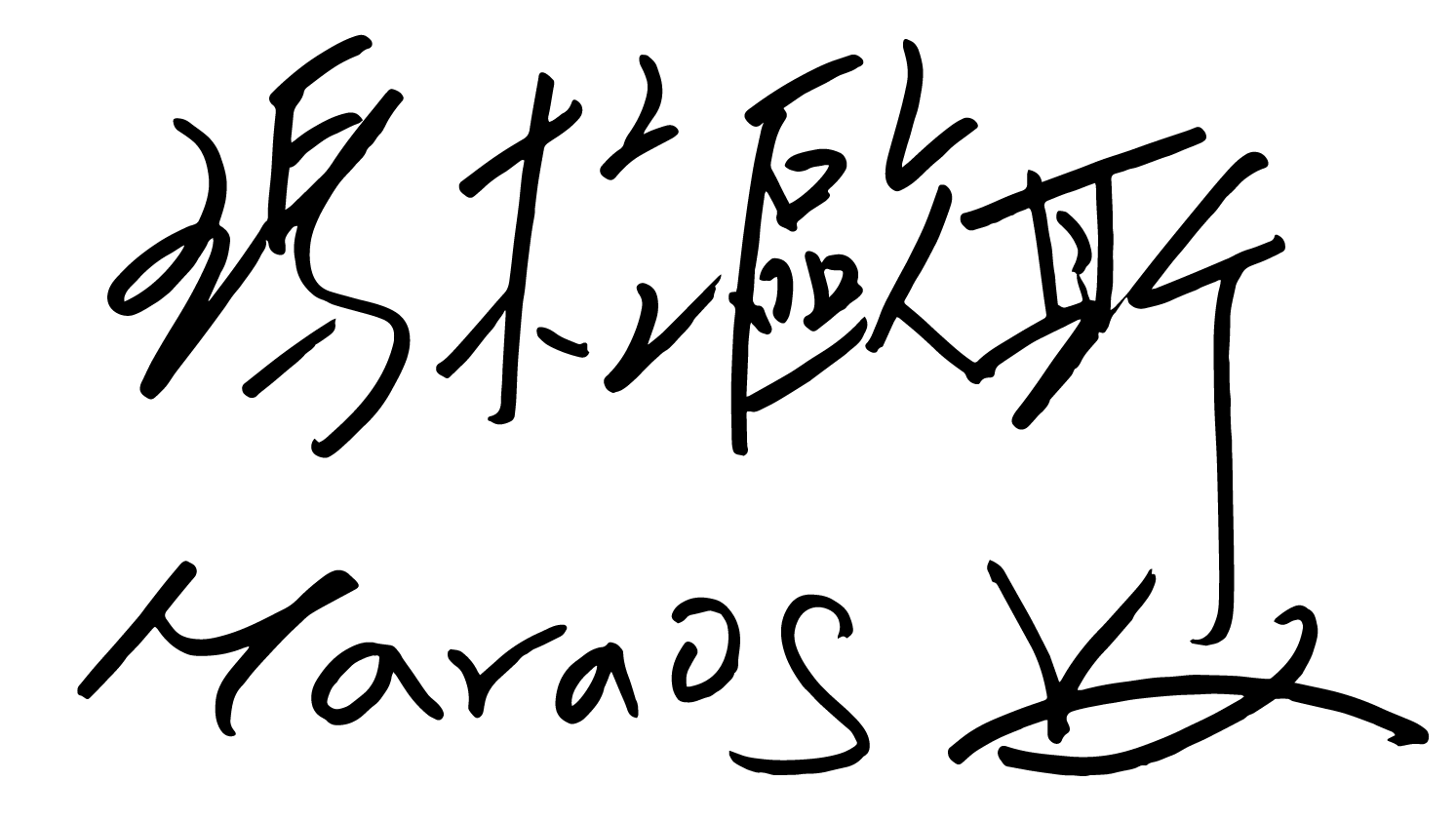sicyakwaya am, ya miparo o ya makeyras a da papoen no yancomin a apzapzatan, ori am ya pakacitan so mitaretarek a iweywawalam no yancomin. o tovil no asaka itetngehan a vatek am, ya rana nimiamoamoon do awawan o na kepkepan so nakenakem no makeykeylian, am da rana sazapen no tao o pininizpian sicyakwaya, ta da patneken o kaveyvohan a apzapzatan, yapia o akma sang a vazay, ta ipipakatkat no cicirawat no tao.
am nomapapo so vazay am, neymakdeng o ka pakatopos do makakaday a iweywawalam. no ikakza da no malavayo a tao o ka pacinanao do iweywawalam am, masanib a macikaop do keymimilian, ipaka topos do ikoikod no tao do ili, akma so kalovotan no asaka ili a vazay, aka no misidosidong do pihahakawan, ano mikawnayan rana am, arako rana o pipakatkatan no pannaknakman mo.
amian ko rana noka 2019 a awan do panirsirngen am, patneken ko o vayo a vazay do jia, neymanma am, pipakatkaten o tizibi, pacirain o pimasaodan no ya mivahay do rako a ili a yancomin, aka no kavakavavatanen da ; ikadwa na am, macisirisiring do panpanirsirngen do matarek a koka, macilovot do vazay no 紐西蘭, 加拿大 do tizibi; ikatlo na am, tazotoan o ipareng so tizibi a nizpi, karo no macita da no tao a makakaday a vazay; manowji rana am, ka pipakatkat no vazay do Pulima 藝術獎, ikaro no tao a macilovot do vazay ya.
o makatotoing a laklaktat a ingingnen ya am, yamia so vayo a namen pacirain do tizibi ya, ngaran na am 《uninang健康站》, da malavat do tizibi o makatotoing a ingingnen aka no vazavazay do pininizpian . do na ikakmaso sya no yamakdeng a makatotoing a ingingnen ya am, yanbongay o ya mapatwaw so vatvatek no vazay ya , da ikakeykai no yancomin a makamizing so da ipaci no seyvo a vazavazay.
In recent years, there has been a great increase in indigenous peoples using creative and novel means to demonstrate our traditional culture, as a result of cultural diversity. Take traditional totems as an example. Totemic symbols have, for hundreds of years, signified sacredness, collective ideology, and sense of identity. As we move into a new economic era, new meaning has been given to those totems. They are to demonstrate the uniqueness of each individual. I personally think this is a good sign because it moves culture forwards.
However, before starting to create, we need to have thorough and precise understanding of our own culture. The young indigenous people living in urban areas want to learn more about traditional cultures. In this case, they can reconsider how frequently they move, which means how often they visit their hometown to acquire knowledge of their culture, or to find issues such as the ecology, or rice harvest of their villages that directly impact them. By so doing, they will redefine their outlook on life.
To enable our peoples to develop a broader cultural perspective, after taking office as the chairman at the end of 2019, I have planned and proceeded with a few new projects. First, emphasis will be laid on acting programmes/plays to portray the life of indigenous peoples dwelling in metropolises, and stories of our people working hard and fighting for life. The second initiative is to reinforce communication with the international community, with a special focus on the collaboration with the TV networks of indigenous peoples in New Zealand and Canada. For the third project, more resources will be invested in new media, so that our people can receive more information via mobile communication. The last is to strengthen and diversify the Pulima Awards, so it can have further outreach.
Due to COVID-19, we have also launched a brand new medical programme "uninang" to do our part as a member of mass media. The programme reports on preventive measures against the coronavirus with economic relief and stimulus packages. This is the first time that IPCF has served as an information platform at the time of severe pandemic, with the hope of communicating the latest virus preventive news to our peoples in an efficient and effective way, so that we can fight the coronavirus and stay healthy.
Panirsirngen do yanbonkay
Chairman of the Indigenous Peoples Cultural Foundation





